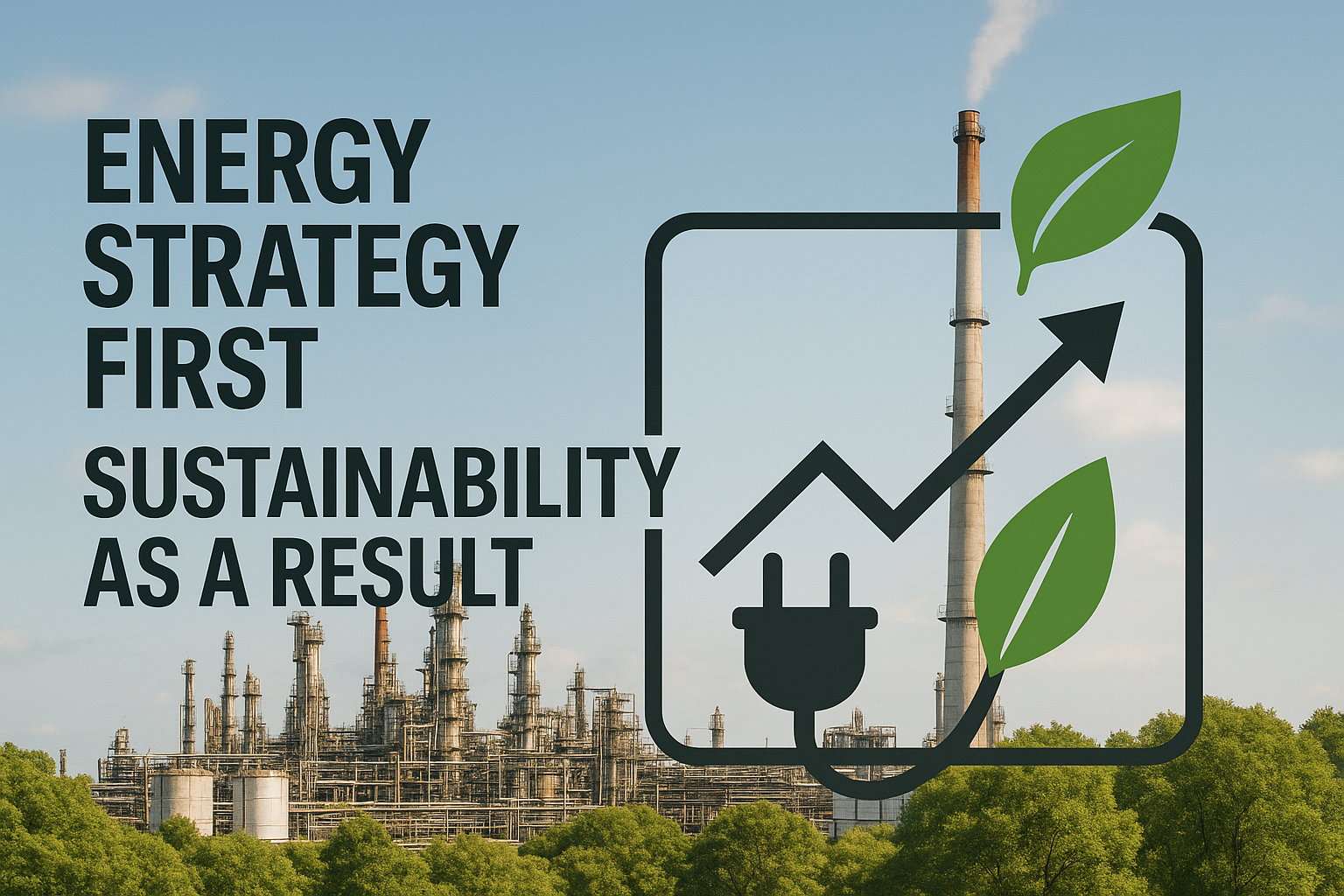Experienced operators will exit the workforce in the coming years, a “great crew change” that threatens to drain plants of the hard-won intuition that keeps systems stable and profitable. Every retirement takes with it decades of undocumented know-how, leaving younger teams to relearn critical lessons on the job.
The financial stakes are real: plants that have already adopted industrial AI—often in anticipation of this talent gap—report production gains of 10–15% and EBITA improvements of 4–5%. These intelligent systems aren’t just a tech upgrade—they’re becoming a critical buffer against the loss of operational expertise, helping sustain performance as the workforce turns over.
AI for industries answers the looming knowledge gap by capturing veteran insights, learning from years of historian data, and continuously refining decisions in real time. What follows are five concrete ways these AI capabilities now mirror—and often amplify—the judgment of expert operators.
1. Learning from Historical Data and Experience
When veteran operators retire, decades of “tribal knowledge” can disappear overnight. Smart industrial systems turn your plant historian into a living institutional memory, ingesting years of sensor readings, maintenance logs, and operator notes so nothing is lost to the great crew change.
The mechanics mirror how you’d train a new operator. In supervised learning, you show the model past “cause-and-effect” pairs—much like walking through historical upsets with fresh hires.
Unsupervised learning lets the model explore patterns independently, surfacing correlations that never made it into the logbooks. Both approaches combine to recreate the seasoned operator’s intuition, scaled beyond what any individual can match.
2. Adapting to Changing Conditions in Real Time
Traditional control loops follow fixed rules—you set a range, tune a PID, and hope disturbances stay inside that envelope. Veteran operators know life is messier: raw-material quality shifts, ambient temperatures swing, and equipment ages.
Adaptive systems bring that same operator agility into the controller. By ingesting streaming sensor data every few seconds, learning relationships on the fly, and using reinforcement learning to update strategy, these models continuously nudge set points toward optimal performance.
Research on intelligent control shows that real-time optimization can cut energy use and improve yield compared with static schemes, because the model recalculates the best move as soon as conditions change. These dynamic adjustments translate directly into lower operating costs, with fewer manual interventions and higher uptime.
Consider a polymer reactor: feed composition suddenly swings by 15 percent. A conventional controller drifts off-spec until an operator intervenes. An adaptive model keeps the product within grade throughout the excursion, then returns to steady state without manual tweaks. In this way, you maintain quality, grow profits, and free operators to focus on higher-value work.
3. Managing Complex Multivariable Interactions
You know how one tweak to airflow can ripple through temperature, quality, and energy use. Seasoned operators juggle those trade-offs instinctively; intelligent systems do the same math in real time, only across thousands of data points.
Traditional Advanced Process Control (APC) depends on fixed models that struggle when relationships turn highly nonlinear. Even a well-tuned APC needs frequent retuning to stay accurate as plant conditions drift.
Neural networks learn those shifting, intertwined patterns directly from your historian. By continuously updating their internal models, they capture process behaviors classical equations miss—especially interactions that swing under different loads or feed qualities. This adaptive intelligence lets you push throughput without breaching safety or environmental constraints, handling process dynamics that would overwhelm traditional control systems.
Consider a cement kiln: balancing feed chemistry, draft, and burner heat traditionally forces conservative set-points. With smart optimization managing all variables simultaneously, plants have documented scenarios where clinker throughput climbs while fuel intensity holds steady.
For executives, that shift turns isolated control moves into system-wide profit, proving that mastery of multivariable interactions is now a competitive—rather than purely technical—advantage.
4. Predicting and Preventing Issues Before They Occur
When you pair intelligent systems with your plant’s historian, the technology delivers scalable foresight that even the most seasoned operator can’t match. Models trained on years of process data scan thousands of variables in real time, flagging the subtle patterns that precede failures, quality slips, or energy spikes. The solution functions like a digital twin, creating a dynamic virtual model that makes this continuous surveillance practical for predictive maintenance plans.
Classification models surface early-warning KPIs, temperature drift, vibration signatures, reagent imbalances, and recommend set-points that keep the system inside safe, profitable boundaries. Plants adopting this approach can see 20% to 30% gains in productivity, speed to market, and revenue through incremental value at scale.
Consider a mining thickener: if the polymer feed swings outside spec, the model predicts the upset well before torque limits trip, giving operators time to intervene and avoid costly delays.
This scenario routinely saves tens of thousands of dollars per incident. Unlike human crews who tire after a shift, the platform maintains 24/7 vigilance, turning institutional memory into round-the-clock protection for your bottom line.
5. Enhancing Decision-Making with Data-Driven Insights
Intelligent systems don’t replace human judgment; instead, they fortify it by providing data-driven insights to enrich decision-making processes. Through modern approaches, smart technology significantly contributes to informed decision-making, enhancing operational value.
Imagine pipelines where precise fine-tuning of the butane blend rate leads to an impressive profit boost of $2M annually. This reflects how advanced systems augment human expertise with actionable intelligence.
These platforms empower operators by helping employees learn and grow through interaction with intelligent systems. Dashboards can provide operators with a clearer understanding of performance metrics, helping bridge the gap between raw data and strategic insights.
They display critical figures like margin delta ($/hr), aligning financial performance with operational recommendations, thereby facilitating meaningful discussions with senior management.
In real-world operations, such as optimizing a pipeline, intelligent systems identify potential adjustments that can significantly enhance operational efficiency. By alleviating cognitive loads from operators, these technologies enable them to focus on strategic challenges rather than day-to-day troubleshooting, resulting in improved decision quality and efficiency.
With this support, industrial leaders can better harness their strategic capabilities and drive operations toward more informed, efficient, and profitable outcomes.
How Imubit Bridges AI and Human Expertise
Industrial AI mirrors the instincts of seasoned operators in five key ways—learning from years of data, adapting in real time, mastering multivariable trade-offs, foreseeing problems, and sharpening decision-making.
Imubit turns those capabilities into daily reality through its Closed Loop AI Optimization (AIO) technology. The platform writes optimal set points back to the distributed control system (DCS) in real-time, converts complex models into transparent dashboards, and backs each recommendation with a clear dollar-per-hour impact—delivering the kind of measurable improvements executives demand.
Beyond the software, Imubit surrounds you with end-to-end support—from initial data mapping to continuous value sustainment—so your team stays confident and in control. Ready to see what that leadership looks like at your site? Explore Imubit’s case studies or get a Complimentary Plant AIO Assessment to start your Optimization Workshop.




